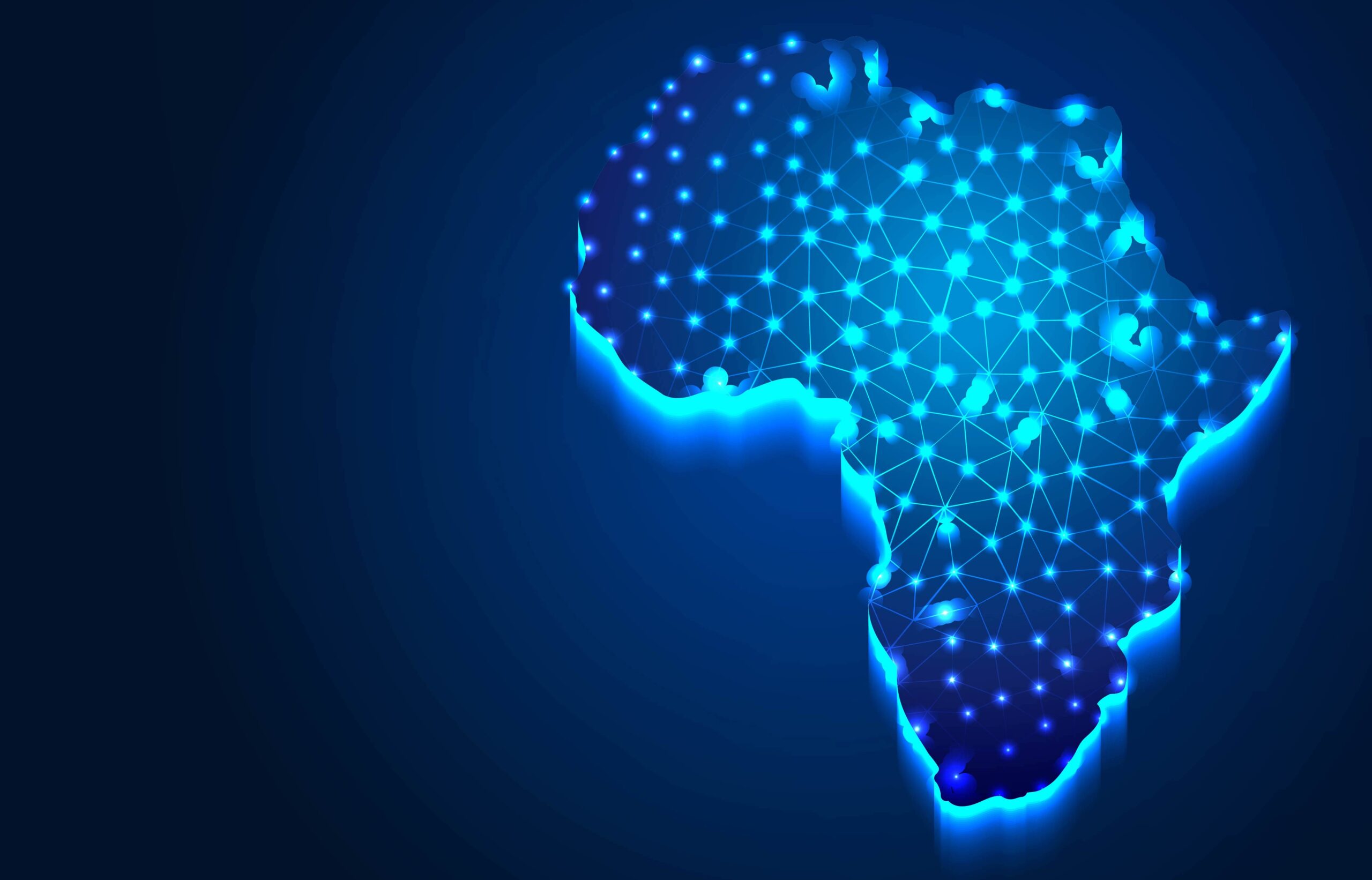Will Satellite Constellations Bridge the Digital Divide in Africa?

Vector illustration by WangXiNa on Freepik.
Recent growth and developments in the global satellite industry are indeed remarkable. In the context of Africa, Starlink is already operational in several countries, Eutelsat OneWeb has announced service launch plans and SES O3b mPOWER, Amazon Kuiper and Mangata Networks are all planning to service Africa in the near future. All these constellations use advanced satellite technologies and they all have stated a desire to address the connectivity gap in Africa — to bridge the digital divide. This however is where the similarities end.
The service offerings and delivery models of these operators differ greatly, with each one having specific service advantages for their preferred target market segments and delivery modes. This article takes a closer look at the different business case elements for the various services, and consider the feasibility for closing the connectivity gap.
Africa has come a long way in terms of the provision of connectivity solutions, and yet a recent World Bank Group study completed in 2022 shows that on average, only 11.2% of the continent’s population live in a household with access to a computer or tablet. Some 43.9% and 38.6% of individuals access radio and television, respectively, indicating an appetite for information and entertainment delivered using communication services. Access to mobile phones and electricity is substantially higher than access to the internet and computers. Although only 58.8% of individuals surveyed have access to electricity, 76% of individuals have access to a phone.
These statistics suggest that we still have a digital divide in Africa and that the noble goal to connect the unconnected remains as lofty – and as unfulfilled — as ever. The pertinent question today is, can the new Low-Earth Orbit (LEO), Medium-Earth Orbit (MEO) and Geostationary Orbit (GEO) satellite network operators make a meaningful difference?
Affordability
We can consider mobile data as a reference point when setting minimum requirements for the efforts of satellite operators to be judged to have had a meaningful impact in Africa. A Cable.co.uk study from January 2023 on mobile data pricing found that all but one of the seven North African countries are in the cheaper half of the countries surveyed. Algeria is the cheapest at 48 cents per GB, while the most expensive in the region is Mauritania at $2.74 per GB. All countries in the North Africa region are cheaper than the global average of $3.12 per GB. Perhaps surprisingly, North Africa is the cheapest region in the world in terms of mobile data costs.
Sub-Saharan Africa has just five countries among the 50 cheapest in the world – Ghana, in 40th place overall, is the cheapest in the region at 61 cents per GB. The region also has five of the ten most expensive countries or territories in the world: Saint Helena, São Tomé and Príncipe, Botswana, Togo, and Seychelles.
Considering that Starlink rates are advertised in Nigeria at 38,000 Nigerian Naira per month (about $50), then provided the service delivers at least 100 GB per month, it would appear to be affordable. If the mobile 3G pricing is used as a reference to determine the affordability point then Starlink at 50 cents per GB is well within the range of current mobile GB rates and is considered affordable. As a cross reference, we can also consider the current pricing for DStv satellite television in the South Africa market — which ranges from $40 to $50 for the premium service, and still services 1.3 million subscribers.
From this perspective, Starlink will be affordable for the upper middle-income households and businesses, and the other entrants into the market could possibly also achieve competitive end user price points. In this case, yes, LEO and MEO satellite operators will be able to service these markets from an affordability perspective.
Network Capacity
Will the LEO constellations have enough network capacity to service the expected demand? Statista reports that the average usage for U.S. households is currently more than 500 GB per month. If we use this 500 GB per household as demand, then to service 500,000 subscribers in a country such as Nigeria, LEO networks must be able to deliver 1.8 Tbps capacity across Nigeria.
In the case of Starlink, the capacity for each V1.5 satellite is listed as 20 Gbps per satellite each, therefore a total of 90 satellites will be required to deliver the 1.8 Tbps. Given that the area of Nigeria is some 923,768 km2, and a cell radius is 25 km with 7 cells per satellite, then a total of 269 satellites will be required to cover Nigeria. Meaning the satellites over the Nigeria territory will be able to deliver almost twice the calculated demand for bandwidth, and we can conclude the LEO constellations will be able to meet a significant portion of the demand created by the digital divide.
Market Engagement
Market engagement is a less quantified area and relates to regulatory compliance, go-to-market supply models, delivery and support methodologies.
Contrary to the mobile networks, the primary investments for LEO services are in space at the global constellation level, not in-country and not through ground infrastructure as is the case for mobile operators. This creates options for global LEO operators to contemplate a “zero-touch” go-to-market delivery model using online sales channels and third-party logistics channels. In theory, this can provide immediate access to the market without any in-country, on-the-ground investments, or any short- or long-term risks. It can also work perfectly in a market where all subscribers are banked and using credit cards is the de facto payment option.
For Africa, however, this might not be so easy. Mobile pre-paid platform solutions were developed in Africa for good reason, and African governments remain wary of cloud-based and online delivery businesses. Zero-touch delivery mechanisms limit a company’s contribution to the national economy, and can limit localized job creation and ecosystem development. It also has the potential to complicate discussions with governments and regulators.
While overall network capacities may still be a little limited in scope, current and planned LEO and MEO satellite services certainly have the potential to contribute towards achieving the “connect the unconnected” objective. They offer the ideal way of providing immediate service access across a vast continent and have the potential to be an equalizer for many industries.
The greater challenge would come only after the global constellation operators had invested in orbital infrastructure, when they realize that further investments are required in order to be in Africa for Africa; that is, in order to service Africa. It might be that their adherence to “zero-touch” or “light-touch” models with low in-country investments and even lower risk models, hinders them from fully unlocking Africa’s potential – and from definitely closing the connectivity gap.
 Dr. Dawie de Wet is Group CEO of Q-KON Africa and Chief Engineer for Twoobii, a southern African supported satellite broadband service. With over 30 years’ experience in designing, engineering, developing and implementing wireless, microwave and satellite communication systems in Africa, Dawie continues to focus on developing telco solutions that meet the user requirements of emerging markets through world class-leading technology.
Dr. Dawie de Wet is Group CEO of Q-KON Africa and Chief Engineer for Twoobii, a southern African supported satellite broadband service. With over 30 years’ experience in designing, engineering, developing and implementing wireless, microwave and satellite communication systems in Africa, Dawie continues to focus on developing telco solutions that meet the user requirements of emerging markets through world class-leading technology.